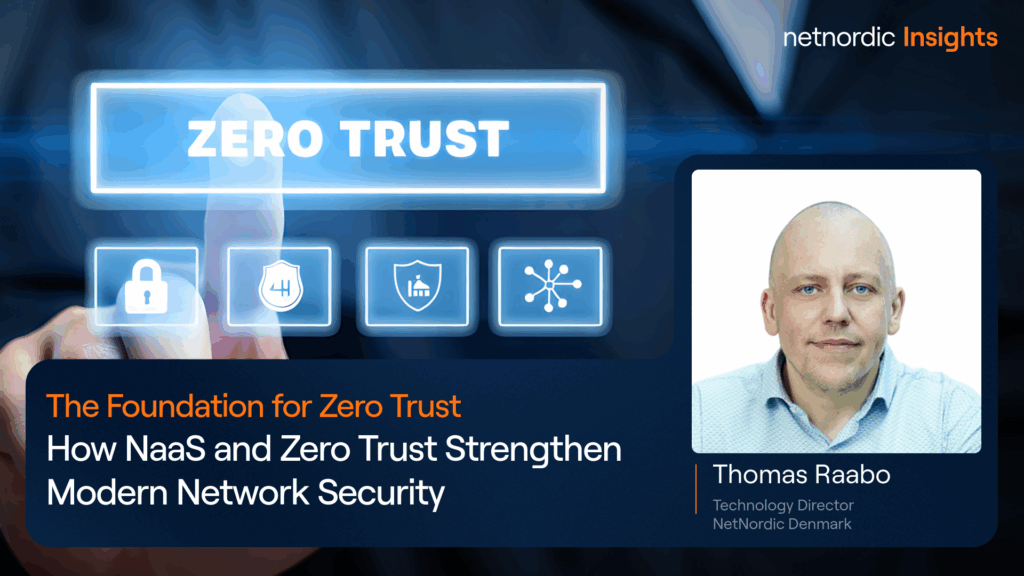Companies Are Failing at OT Security – Discover the Shocking Reasons Why

Why Some Companies Struggle with OT Security
While businesses across the Nordic region generally embrace digitalization, many companies lag behind when it comes to the security of their operational technology networks (OT networks). This article delves deeper into the fundamental causes of these security challenges and presents a focused approach on how companies can effectively address them.
Historical Development: A Primary Cause of Current OT Security Issues
One of the primary reasons for the current OT security problems in the Nordic region is historical development. Many manufacturing companies have operated with OT systems for decades, which have reliably functioned outside traditional IT security paradigms. This “it has always worked” mentality has created a blindness to the growing cyber threats now targeting OT environments. Management has often lacked the incentive and understanding to invest in OT security, as immediate production needs have taken priority.
Read more about OT Network here
IT and OT in Silos: A Fragmented Security Approach
Traditionally, there has been a clear separation between IT and OT departments. IT has focused on information systems, while OT has dealt with the control of physical processes. This silo mentality has resulted in a fragmented security approach, where OT networks are often seen as “someone else’s” responsibility. When IT has been involved, it has typically been in the form of basic network infrastructure (such as WLAN), without the necessary in-depth understanding of the unique security requirements and risks in the OT environment. This has left OT networks with standard configurations and lacking specialized security hardening.

Technological Debt: Outdated Equipment and Proprietary Protocols
Many manufacturing companies struggle with significant technological debt in their OT environments. Older systems, designed long before modern cyber threats became a reality, often run on outdated software and hardware with known vulnerabilities. Additionally, OT networks often use proprietary protocols that standard IT security tools cannot handle, creating blind spots in security monitoring.
Lack of Specialized Security Experts
Similar to the global situation, the Nordic region faces a significant shortage of security experts with specialized knowledge of OT systems and industrial control systems (ICS). This makes it difficult for companies to recruit and retain the necessary personnel to implement and maintain effective OT security solutions.
What is the Way Forward?
A Focused Three-Step Approach to OT Security
To address the existing OT security issues in Nordic companies, a focused and pragmatic approach is needed. We propose a three-step approach: Understand, Protect, and Monitor
1
Understand Your OT Landscape – Gain Overview and Identify Risks
The first and most crucial step is to create a detailed overview of the entire OT network. This includes:
- Asset Inventory: Mapping all devices, systems, and their intercommunications (PLCs, SCADA, HMIs, etc.).
- Network Analysis: Identifying network segmentation, existing security measures, and potential vulnerabilities.
- Risk Assessment: Evaluating the potential consequences of a security breach for production, environment, and safety. This requires a multidisciplinary effort involving both OT and IT experts as well as business stakeholders.
Start with a workshop that brings together OT personnel, IT security responsible, and relevant leaders to map the existing OT landscape. Consider involving external experts with OT-specific knowledge for an objective assessment.
2
Protect Your Assets – Implement Pragmatic Security Measures
Based on the risk assessment, concrete security measures should be implemented. The focus should be on pragmatic solutions that provide quick improvements without unnecessarily disrupting operational processes:
- Network Segmentation (Gradual Implementation): Start by isolating the most critical OT systems from the rest of the network. This can be done gradually to minimize operational disruptions.
- Access Control: Implement strong authentication and authorization for access to OT systems. Limit access to the absolute necessary (principle of least privilege).
- System Hardening: Configure OT devices with a focus on security, disabling unnecessary services and applications.
- Patch Management (With Caution): Establish a process for security updates that considers the sensitivity of OT systems to downtime and potential compatibility issues. Test updates thoroughly in a non-production environment.
- Secure Remote Access: Implement secure methods such as VPN with strong authentication and limit remote access to the strictly necessary.
Start with a workshop that brings together OT personnel, IT security responsible, and relevant leaders to map the existing OT landscape. Consider involving external experts with OT-specific knowledge for an objective assessment.
3
Monitor and Respond – Create Visibility and Preparedness
Continuous monitoring and the ability to quickly respond to security incidents are crucial:
- OT-Specific Monitoring: Implement monitoring tools designed to understand OT protocols and detect anomalies in network traffic and system activity.
- Centralized Logging: Establish a centralized logging solution for both IT and OT systems to create a comprehensive overview of security incidents.
- Incident Response Plan (OT Focus): Develop a specific incident response plan for the OT environment that considers unique operational considerations. Test the plan regularly.
- Collaboration and Information Sharing: Establish close collaboration between IT and OT teams regarding security monitoring and incident response.
Implement an OT-specific intrusion detection system (IDS) to monitor network traffic. Develop a basic incident response plan involving both IT and OT personnel.
NIS2 as a Catalyst: Seize the Opportunity
The implementation of the NIS2 directive is not just a compliance exercise but a unique opportunity for Nordic companies to address their lag in OT security. By seizing this opportunity and following a structured approach, companies can transform their OT environments from potential security risks to robust and protected assets.
Our Commitment: Partner in Your OT Security Journey
At NetNordic, we understand the unique challenges and complexities of OT security. Our OT module in our SNS is designed to provide you with the necessary overview and tools to secure your OT network. We are committed to being your partner on this journey, helping you understand your OT landscape, implement effective protection measures, and establish robust monitoring and response capabilities. The time to act is now – for your company’s security and future success.

Niklas
GaardsvigTable of Contents
- Why Some Companies Struggle with OT Security
- Historical Development: A Primary Cause of Current OT Security Issues
- IT and OT in Silos: A Fragmented Security Approach
- Technological Debt: Outdated Equipment and Proprietary Protocols
- Lack of Specialized Security Experts
- What is the Way Forward?
- NIS2 as a Catalyst: Seize the Opportunity
- Our Commitment: Partner in Your OT Security Journey
Content subjects category
Content type
Related content
Contact Us
Feel free to call us directly on our telephone number +47 67 247 365, send us an email salg@netnordic.no, or fill in the form and we will get back to you as soon as possible! Thanks!





